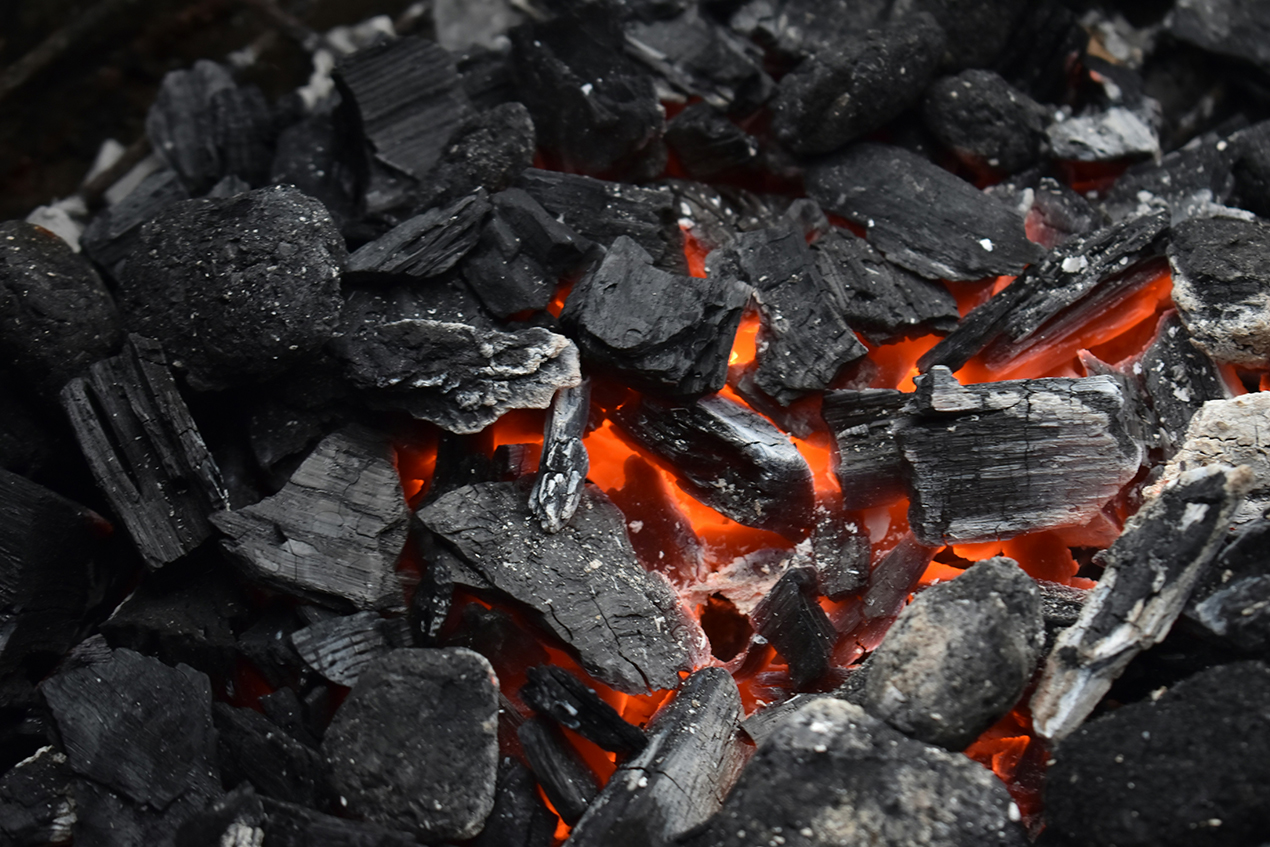News
Google Energy Plan: No Coal Use by 2030
Google CEO Eric E. Schmidt talked about Google's energy plan in an interview with foreign media. He pointed out that the energy issue is very important and the energy plan is a good thing that Google can do for the world. The following is a summary of the interview:Many people think of Google as a search company, but Google is also an investor in renewable energy. Google has proposed a plan to put clean energy at the center of American energy, which can improve energy efficiency.
Question: The United States may not have a national energy plan yet, but Google does. Why do you do this?
Schmidt: Because energy issues are very important, and the way to solve environmental problems is to solve energy problems. Google believes that the energy plan is a good thing that Google can do for the world, and it will also benefit Google's business. Because we are in the information business, solving many energy problems involves a lot of information.
Question: But energy information will be a very small part of your overall business.
Schmidt: We want to make money everywhere. To me, we are at a time when we should stand up and take a stand. So I had a lot of discussions about this with Google founders Larry Page and Sergey Brin, who have been interested in energy issues for a long time. We need to take a stand. We will put forward a proposal so that you can provide feedback. At least we make recommendations and you can judge us on that basis.
Question: You mentioned this in September. I found some comments about this from the Internet. One shareholder said, "I don't want Schmidt to invest in clean energy. I know they use a lot of energy, but it's not a big problem. Investing in clean energy will affect Google's profits. Don't do it." What would you say to such a shareholder?
Schmidt: A company's shareholder value is the result of all its actions. Serving customers and running a great business both create shareholder value, and if you do a great job, your company's stock price will rise. So shareholder value is not the point of discussion. The first thing Google wants to do is change the world in a positive way. We are large energy consumers, so the relatively straightforward solution is to keep our energy costs as low as possible.
Question: Let’s talk about the details of Google’s energy plan. Is your goal to be completely coal-free by 2030?
Schmidt: Yes. Let me put it simply. You have a series of problems to solve, and when you put them all together, make the right assumptions, and invest in the right way, then you save money. This is the most surprising thing to me.
A rough number is that we need to invest $3.5 trillion over the next 22 years, and then we will save $4.4 trillion in costs. If you have the right solution, you can make money from it. This approach is to find ways to use renewable energy and pass this method on to consumers, then you can solve the clean energy problems related to automobiles.
Question: Is your 2030 plan to increase the proportion of renewable energy use from the current 1% or 2% to 33%?
Schmidt: What we are doing is keeping the current proportion of energy use relatively stable. In particular, we will keep the proportion of nuclear energy use unchanged.
Question: You don’t plan to use more nuclear energy?
Schmidt: Yes, but we are not asking for the shutdown of nuclear power plants. Over the past 30 years, per capita energy consumption in the United States has been on an upward trend, largely due to regulatory issues.
Question: According to your plan, from now to 2030, the proportion of wind energy in energy will increase from well below 1% to 10%, and the proportion of solar energy will also increase significantly.
Schmidt: At present, after receiving subsidies, the price of wind power generation is equivalent to that of thermal power generation; without subsidies, the price of wind power generation per kilowatt hour will be 2 cents more expensive than thermal power generation. Currently, wind power is the renewable energy source with the closest cost to thermal power. The problem with wind power is building the grid to get the power from the wind farms to where it's needed.
The development level of solar power generation and solar thermal energy technology still lags behind that of wind energy, but it is developing rapidly and will eventually reach a level comparable to that of wind energy.
Question: Will you install solar power generation facilities on users’ roofs? Or will concentrated solar power plants be built?
Schmidt: We will adopt a distributed solution, and it is feasible for users to "send" the generated power back to the grid.
Question: Why is there no mention of clean coal in your plan? No mention of carbon capture? Why not take advantage of these technologies that make thermal power plants greener?
Schmidt: First of all, carbon capture and storage technology has made great progress. I don't use the term "clean coal" because I think it's misleading.
Question: Because you think coal is unclean?
Schmidt: I think carbon dioxide cannot be ignored when discussing coal. The problem is that burning coal produces large amounts of carbon dioxide, which is one of the main culprits of global warming. The current solutions are carbon taxes and cap-and-trade, but I'm skeptical of their effectiveness. Carbon capture and storage technologies can solve the carbon dioxide problem, but it will take a long time for these technologies to become widespread.

